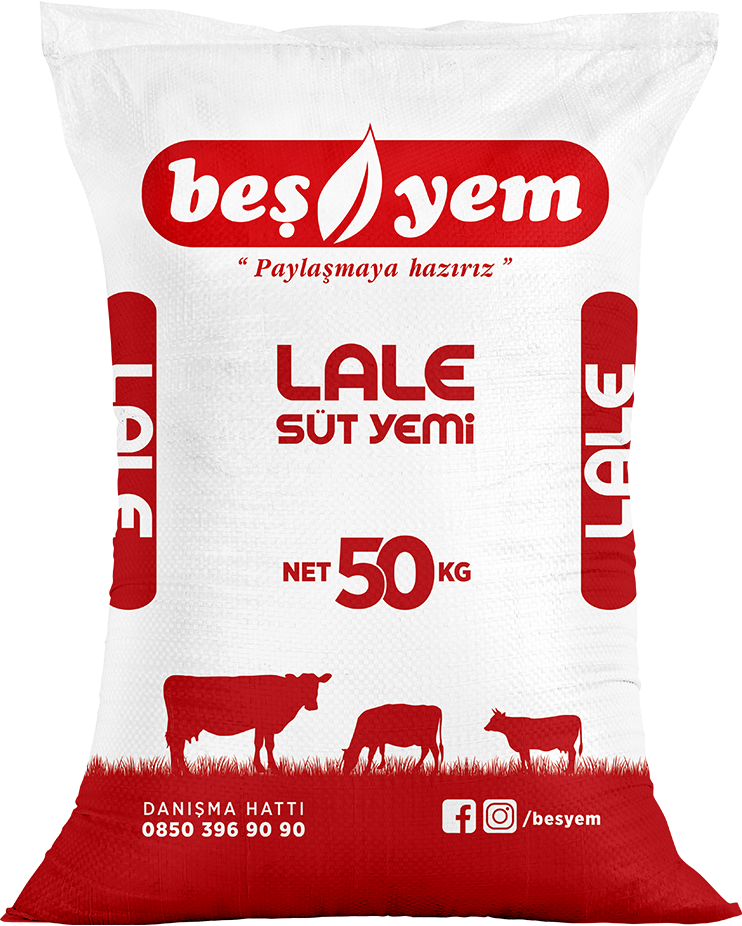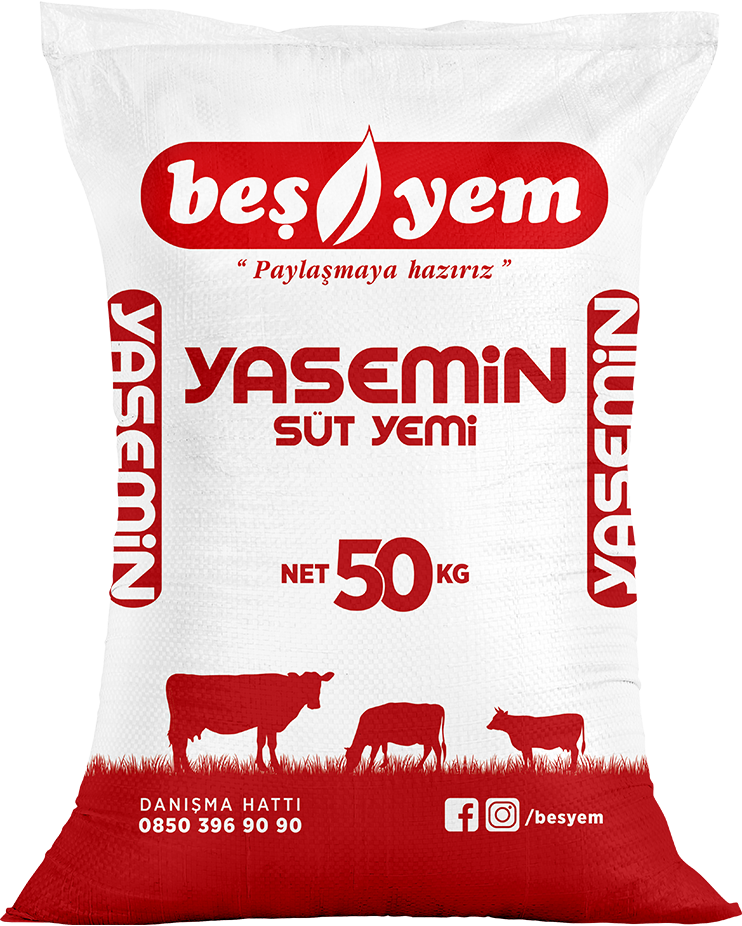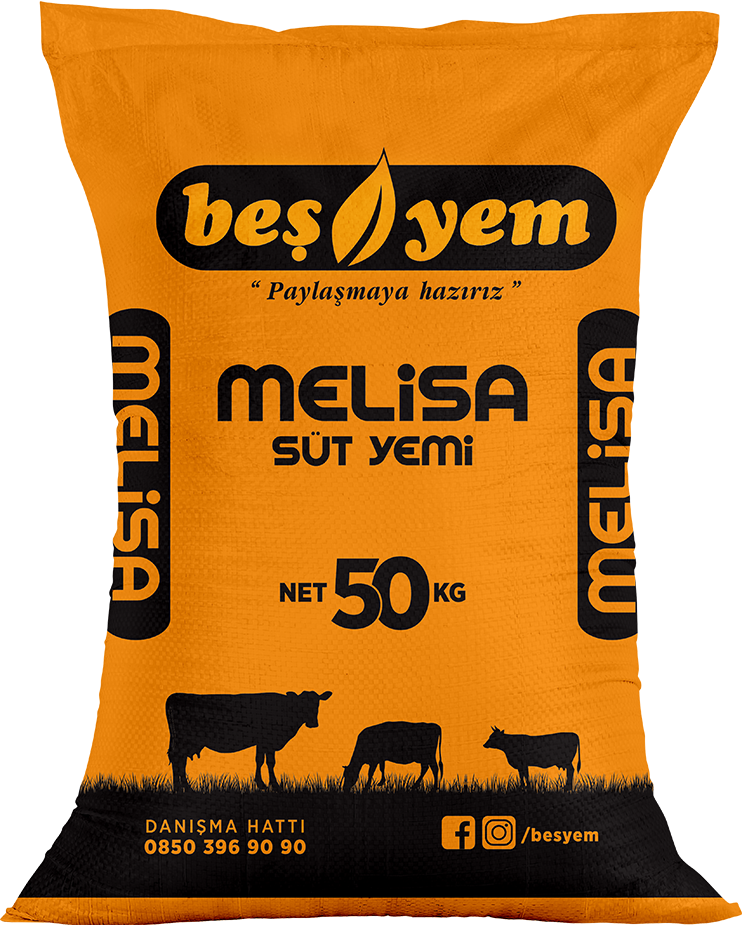
Lale Dairy Cattle Feed
Cattle Feed
Net: 50kg
In the nutrition of dairy cows, the balance of protein, energy, vitamins, and minerals is highly important.
If this balance is not achieved, dairy cows may experience body weight loss or excessive fattening.
In dairy cow rations, insufficient energy can lead to reduced milk yield, excessive body weight loss, decreased resistance to diseases, silent or absent estrus, and fertility problems.
When there is an energy deficiency in the ration, the unconscious use of high-protein feeding programs disrupts the protein–energy balance in favor of protein. As a result, an energy deficit occurs, causing cows to lose body condition.
The most beneficial practice in dairy cow nutrition is to provide lactating cows with a mixture of the concentrate and roughage they will consume throughout the day.
Barns for dairy cows should be kept clean and well-ventilated.
Cows should always have access to high-quality, clean, and fresh water.
Providing water only at certain times reduces feed intake and causes losses in both milk yield and reproductive performance.
Usage
In addition to good-quality roughage, it is recommended to use 5–13 kg per day, depending on the milk yield and body condition of the animals.
If daily feed intake exceeds 8 kg, it is beneficial to increase the number of meals to 3 or 4. Limiting the amount of concentrate feed (including compound feed, barley, wheat, pulp, etc.) to no more than 3–4 kg per meal helps prevent acidosis (rumen acidification) and nutrition-related hoof diseases.
If total mixed ration (TMR) preparation is not possible, no more than 3–4 kg per meal should be given in meal-based feeding.
Why Lale Dairy Cattle Feed?
Lale Dairy Cattle Feed is a balanced dairy feed in terms of protein and energy.
With its high energy content, it helps meet the energy requirements of rations.
Thanks to the high-quality raw materials it contains, it provides nutrients that are both high in quality and bioavailable.
Lale Dairy Cattle Feed is a specially formulated feed designed to balance protein and energy in rations by compensating for the energy deficiency when protein-rich dry roughage and/or oilseed meals are used.
Have you checked out the other products?
Our website uses cookies to improve your experience. OK







